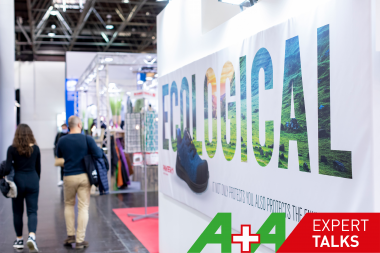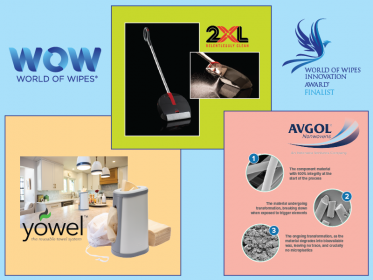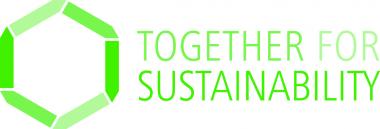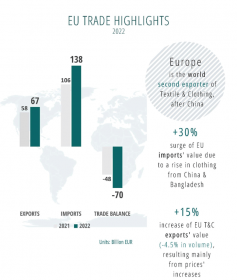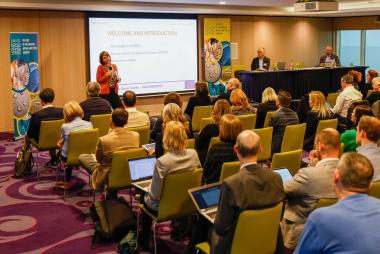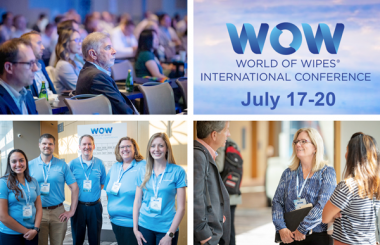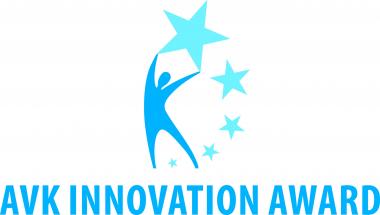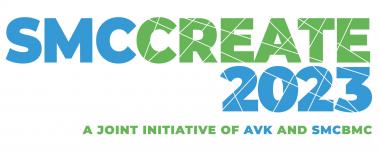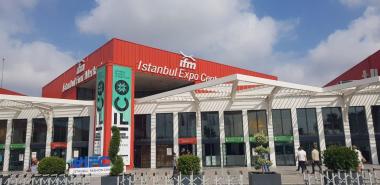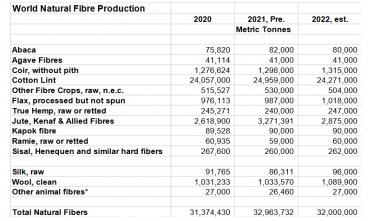INDA Opens Registration and Tabletop Reservations for Hygienix™ 2023
INDA, the Association of the Nonwoven Fabrics Industry, announced that registration and tabletop exhibit reservations are open for the ninth edition of Hygienix™, November 13-16, New Orleans, Louisiana. More than 450 absorbent hygiene and personal care professionals from around the world will gather for four days of networking, presentations, and business opportunities.
The theme for this year’s Hygienix is “Shaping the Future of Absorbent Hygiene.” The event will focus on the market’s continued growth with presentations on sustainability, technology advancements, disruptive small brands, and market data and trends. Hygienix will also offer a workshop on absorbent hygiene systems led by Jim Robinson, Absorbent Hygiene Insights, LLC, Monday, November 13th. The full Hygienix program will be announced at a later date.
INDA is also introducing a new element for Hygienix – pre-conference webinars. Carlos Richer, Principal, Diaper Testing International, will present insights and trends in diaper design in the U.S. market and Heidi Beatty, CEO, Crown Abbey, LLC, will share her expertise in the absorbent hygiene sector.
More than 50 companies will showcase their innovations and technologies during the evening tabletop exhibits and receptions. Participants will be able to discuss their needs with technical leaders and source better solutions for their products, Nov. 14-15.
Nominations are being accepted through August 7th for the Hygienix Innovation Award™. Three finalists will be selected to present their absorbent hygiene products on Tuesday, November 14th to hundreds of senior-level professionals. The winner of the Award will be announced at the end of the event, Thursday, November 16th.









